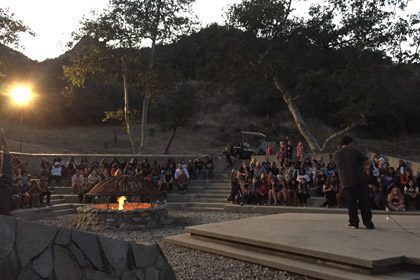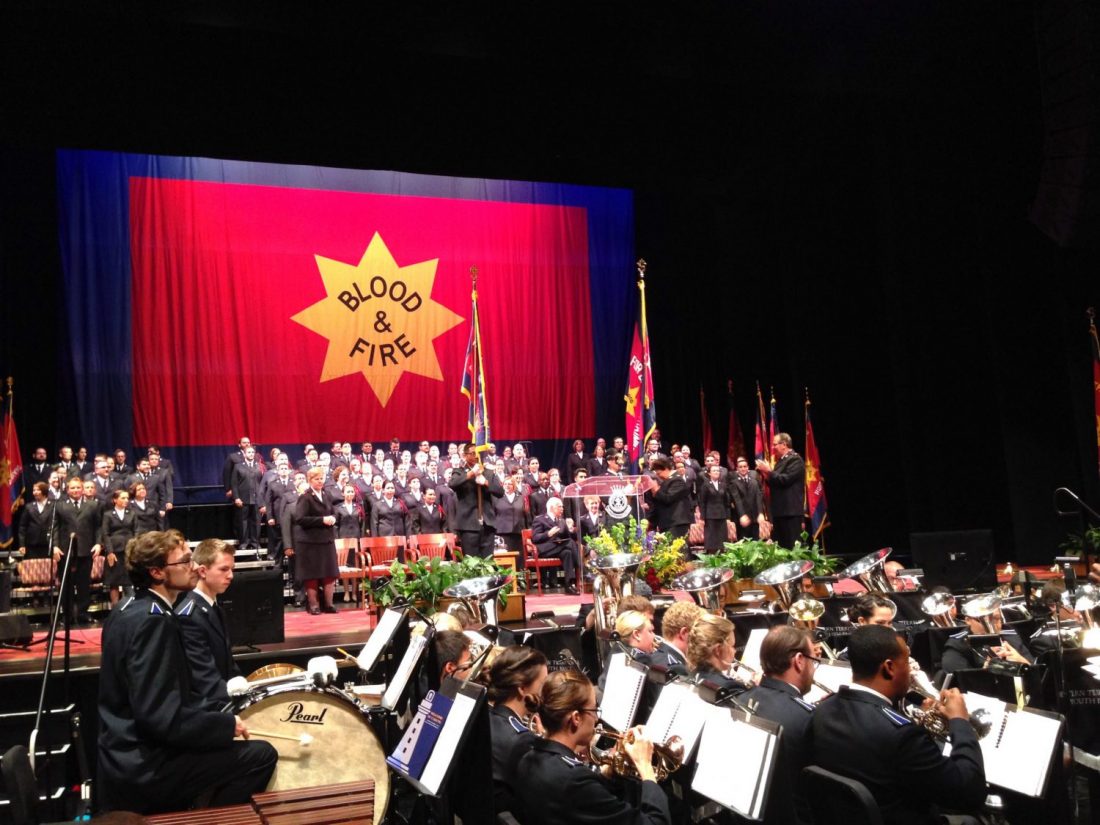Plan will add 180-bed shelter in the Berberian Shelter’s neighboring warehouse.
By Vivian Lopez –
With the homeless population in Modesto, California, trending upward and nearly 400 people currently sleeping at the city’s Beard Brook Park, something needed to be done.
“The situation just keeps getting worse,” said Captain Dwaine Breazeale, Salvation Army Modesto Corps Officer and Stanislaus County Coordinator. “More people are now on the streets than ever before.”
After exploring their options, the City of Modesto and Stanislaus County decided to partner with The Salvation Army to tackle homelessness with a detailed plan—which includes opening an additional 180-bed shelter in the organization’s Berberian Homeless Shelter warehouse building.
“The state of California has made a lot of money available to local governments to make solutions to homelessness. We were looking at many different alternatives,” said Jody Hayes, Stanislaus County Chief Executive Officer. “We’ve always recognized and appreciated the work that The Salvation Army has done in the community, and we got to the point where we knew it would be better for all involved for us to have a partnership and to expand and grow together versus trying to do something on our own.”
The Modesto Salvation Army sold its former Modesto Citadel Corps building to Stanislaus County, which is converting it into transitional housing for families. Administrative staff, social services and the meal program from the sold corps building were initially going to relocate to the 18,000-square-foot warehouse of the Berberian Center, located on the same shelter campus. But the county came up with the idea of leasing the warehouse space to open the new high-access, 180-bed shelter instead, and providing the organization with modular buildings in its existing parking area to relocate its staff and services.
“We saw a very clear path to where we could shore up and build on our current service system and at the same time improve theirs,” Hayes said. “[It’s] a win-win. It is much better to work with existing providers than it is to do something on your own.”
The Salvation Army agreed to this plan, so the county asked the City of Modesto to put in new water lines and make sure necessary infrastructure was in place to handle the new modular buildings and both shelters. The Salvation Army will feed meals to clients of both shelters, and the county will reimburse them for the costs of the additional meals.
Another component of the plan is to use a city-owned property right next to Berberian Shelter for an Access Center for homeless individuals from both shelters to receive case management, employment assistance and more social services to get them back on their feet. The five-year contract received all of the necessary approvals, and the hope is to have all components of the project completed and open by this fall.
Breazeale said The Salvation Army is looking into raising an additional $330,000 in private funding from industry leaders for the expansion and improvement of the Berberian Shelter’s kitchen in order to handle the additional meals. These funds will also be used for 66 additional beds—some of which will be used to replace aging beds—to bump up the shelter’s capacity from 156 to 200 beds.
The new shelter in the leased warehouse will be run by Turning Point, an agency in the area. Couples and pets will be allowed in the facility. However, pet accommodations will be evaluated on a case-by-case basis.
According to Modesto City Manager Joe Lopez, the next step is to find affordable transitional and permanent housing solutions in Modesto, which he said they will be working towards throughout the duration of the partnership.
“The partnership between the city, county and The Salvation Army goes a long way to helping individuals try and get their lives back on track,” Lopez said. “Having individuals placed at a shelter isn’t necessarily the end goal. This is just one step in the continuum of housing we need to continue to address in our community. We need partners in our community that are going to work together to find resources for affordable housing.”
Breazeale also said he wants the partnership have a lasting impact in the community.
“I would like to see that we have made a significant difference at the end of five years—that we won’t be sitting at the table talking about these issues any longer [and] we will have found some workable solutions…so that we can say we have moved beyond the need for sheltering and now we’re focused on [housing],” he said. “We want to say that we have been good stewards of the resources we’ve been blessed to receive.”
















